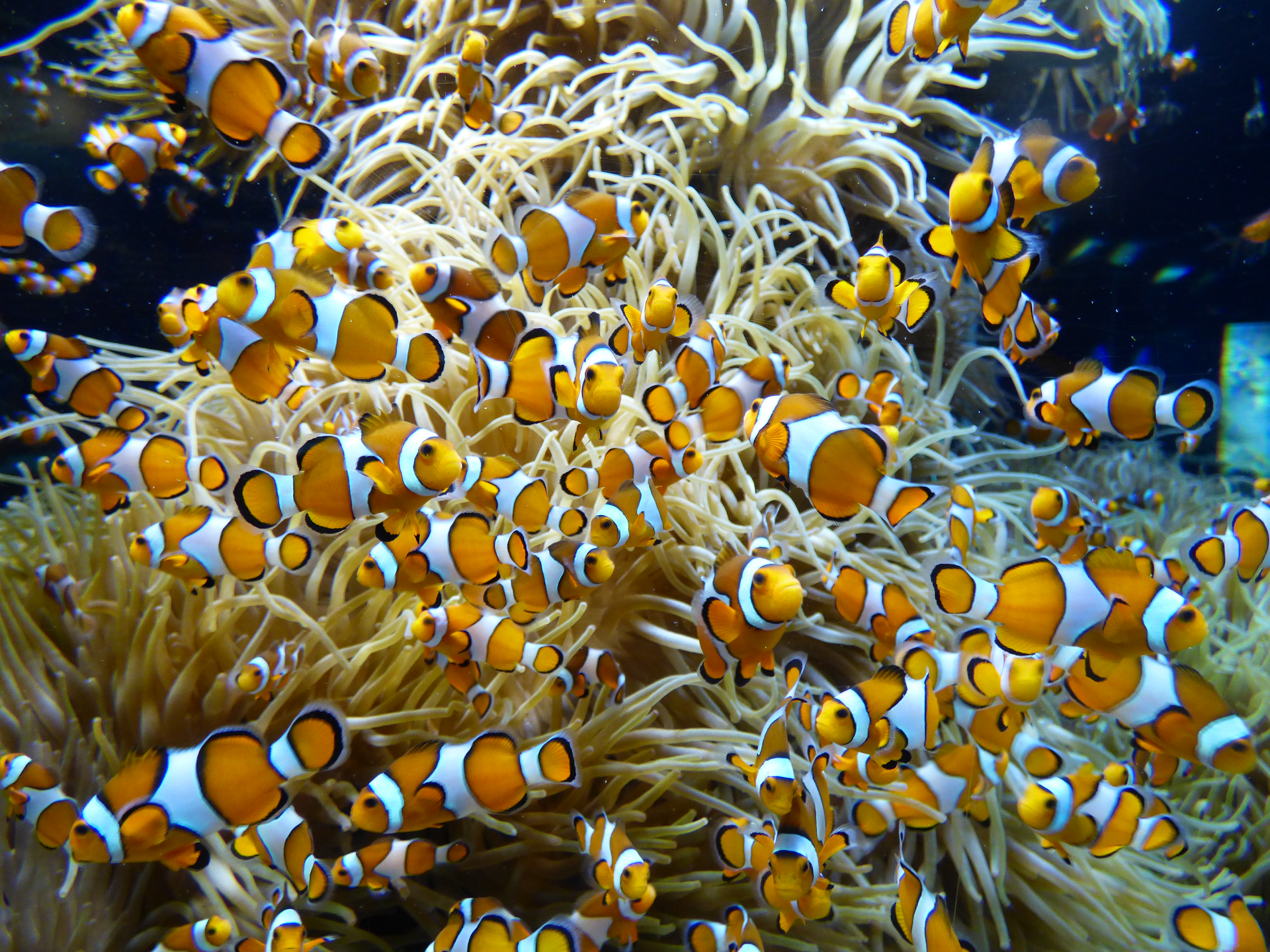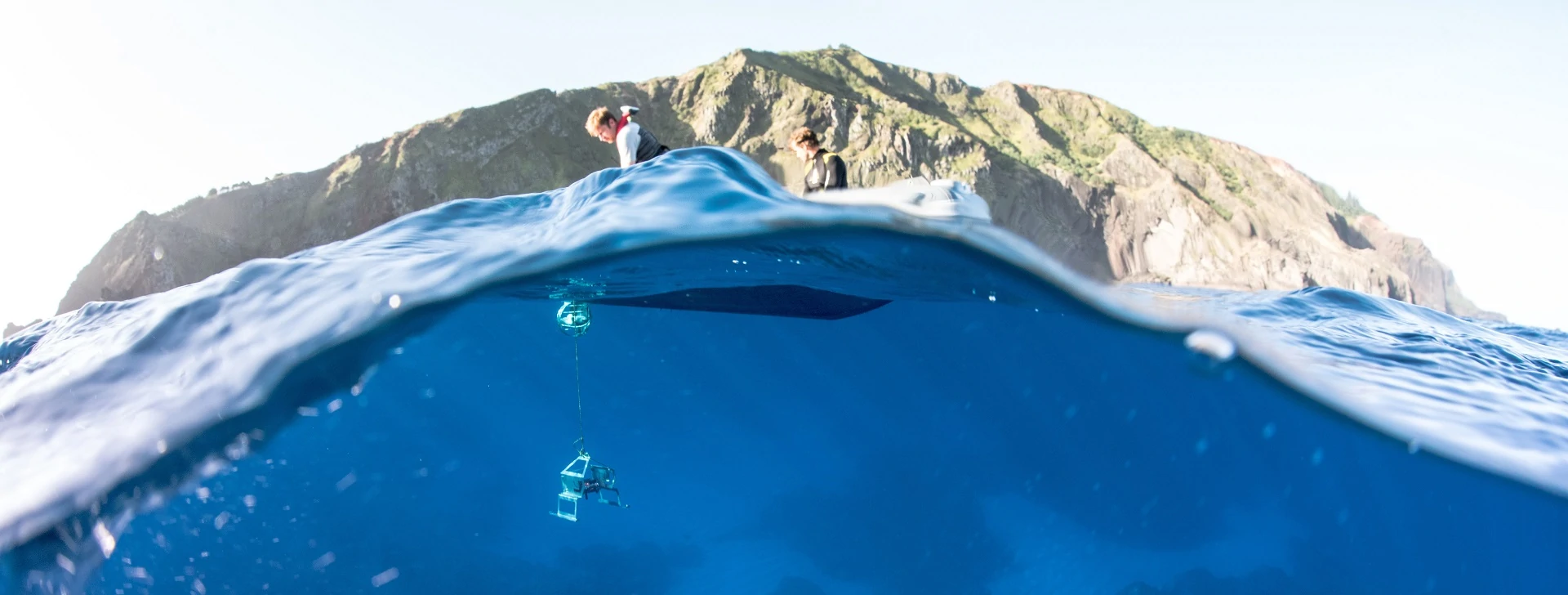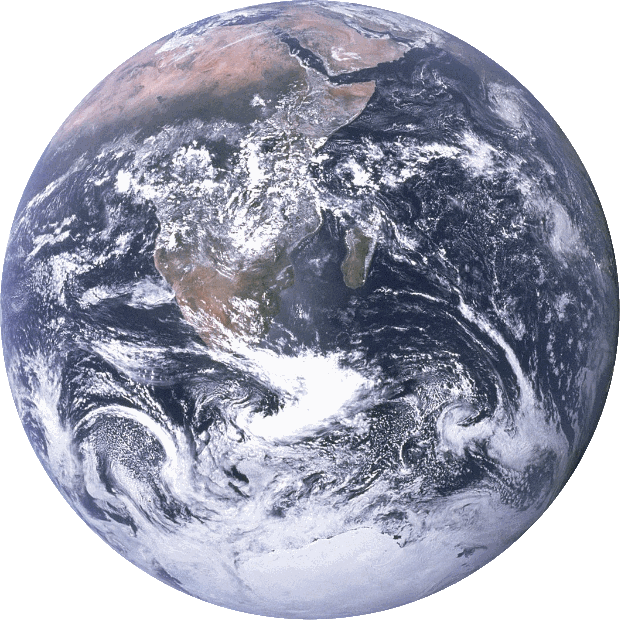Publication Abstract
- Title
-
Environmental impacts of bivalve mariculture
- Publication Abstract
-
Environmental impacts of bivalve mariculture
M.J. Kaiser and G.M. Burnell
There is a pressing need to protect the ecology of nearshore marine habitats which are used for an ever increasing range of activities. In particular, fisheries managers need to consider both environmental and political sensitivities in coastal marine habitats owing to the environmental changes that can occur as a result of cultivation and harvesting processes. Bivalve cultivation can be broadly split into three main processes; (1) seed collection, (2) seed nursery and on-growing, (3) harvesting. The environmental impacts of each cultivation stage will vary depending on the species in question and the techniques employed. In many instances, commercial species are reared as seed in hatcheries prior to seeding, with few effects on the environment. However, while some species are collected from the wild using benign techniques such as spat collectors, others are extracted using intrusive devices such as dredges. There is a growing body of literature had demonstrated the secondary effects of mechanical collecting devices on non-target fauna which include direct mortality of non-target species and destruction of suitable settlement substrata or habitats. In addition, other species, such as birds, may be deprived of valuable food resources and habitat. The nursey and ongrowing of bivalves involves either suspended culture subtidally, trestle culture intertidally or cultivation directly on/in the ground. Many of the environmental changes that occur result from their filter feeding activities which produce faeces and pseudofaeces. This can lead to depletion of phytoplankton in densely cultivated systems and accumulation of silt/pseudofaeces beneath suspended cultures which then often results in a locally anoxic environment and faunal impoverishment. In addition, the structures used during the cultivation process can cause environmental change. For example, the use of netting to protect clams from crab predators leads to siltation and accumulations of sediment. Parks of trestles can drastically alter the water flow regime leading to changes in sedimentation rate and oxygen exchange within the system. Intertidal plots can also lead to conflict with birds and other beach users The final stage of cultivation involves harvesting. In many cases this involves little more than emptying the bivalves from poches or lifting ropes. However, in the case of species cultivated within sediment, or relayed on the seabed, the use of intrusive techniques is required. Both dredgers and suction devices cause disruption of the sediment and kill or directly remove non-target species. The time taken for communities affected by these processes to recover will vary depending on a number of factors, such as the cohesive qualities of the sediment and the aspect of the site and the longevity of the non-target fauna. As is the case with all anthropognic activities that impinge upon the marine environment, the magnitude of the environmental changes that occur is linked to the scale of the cultivation processes. There are also positive aspects to coastal shellfish cultivation such as the provision of hard substrate and shelter in otherwise barren sites and the possiblities of using the cultured organisms as environmental sentinels. Here, we review the potential environmental effects that occur throughout the cultivation cycle, from collection of the seed to harvesting. We suggest that careful consideration of the techniques employed can effectively minimise environmental changes that might occur, and possibly ameliorate subsequent restoration of cultivated sites.
Reference:
M.J. Kaiser and G.M. Burnell, 1998. Environmental impacts of bivalve mariculture. Journal of Shellfish Research, 17(1): 59-66
- Publication Internet Address of the Data
- Publication Authors
-
M.J. Kaiser, I. Laing*, S.D. Utting* and G.M. Burnell
- Publication Date
- January 1998
- Publication Reference
-
Journal of Shellfish Research, 17(1): 59-66
- Publication DOI: https://doi.org/


